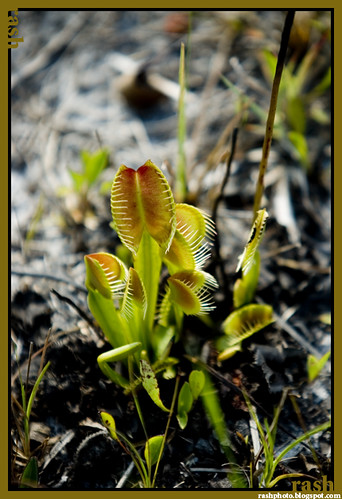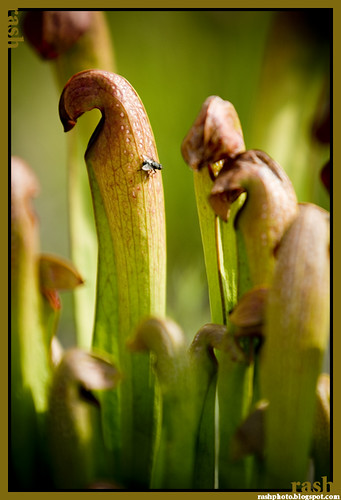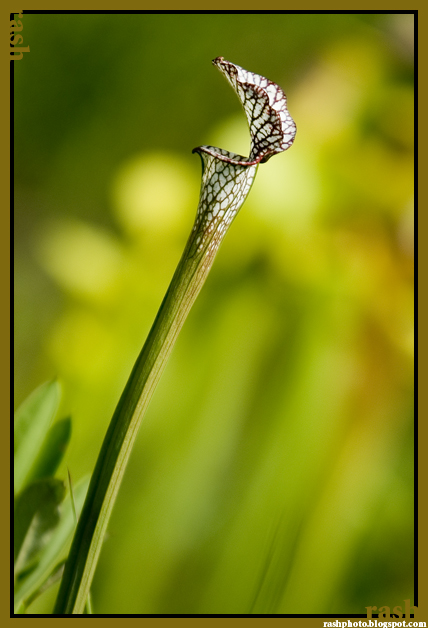Sometimes I forget the magnificent aspects of living in North Carolina. With the mountains in the west and coastal plains in the east, the diversity and accessibility of natural beauty can be easily taken for granted. Growing up in the mountains, I lived just a few miles from the Blue Ridge Parkway, countless hiking trails, and gorgeous waterfalls. Nature scenes usually seen in documentaries were just steps beyond my back yard. Yet, at the time I felt the area to be uninspiring and constricting. Only after leaving for college did I appreciate the beauty of my hometown and the state in which I’ve always lived.
On the east side of the state, people visit places like Wilmington for fun on the beach, exploring the famous battleship, or drinking at the downtown bar scene. However, in the most unlikely location, some locals recently brought me to see carnivorous plants, which grow natively there. A bog rich with venus fly traps and pitcher plants sits just behind an elementary school, just a few steps away from the major shopping mall. Some species, unable to inhabit any other global location, live here, of all places. This year has been particularly dry, with a drought in full effect. These plants survive due to bog lands and special climate conditions. Needless to say, the plants are not nearly as beautiful as usual, but still seem to have a romantic, if not prehistoric, look even when dry and withered. This is a documentation of what plants have survived through the summer heat, promising a future of lush greenery when normal weather conditions return.






